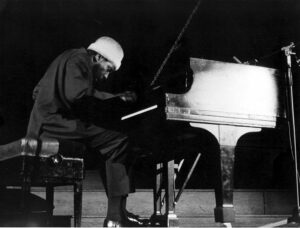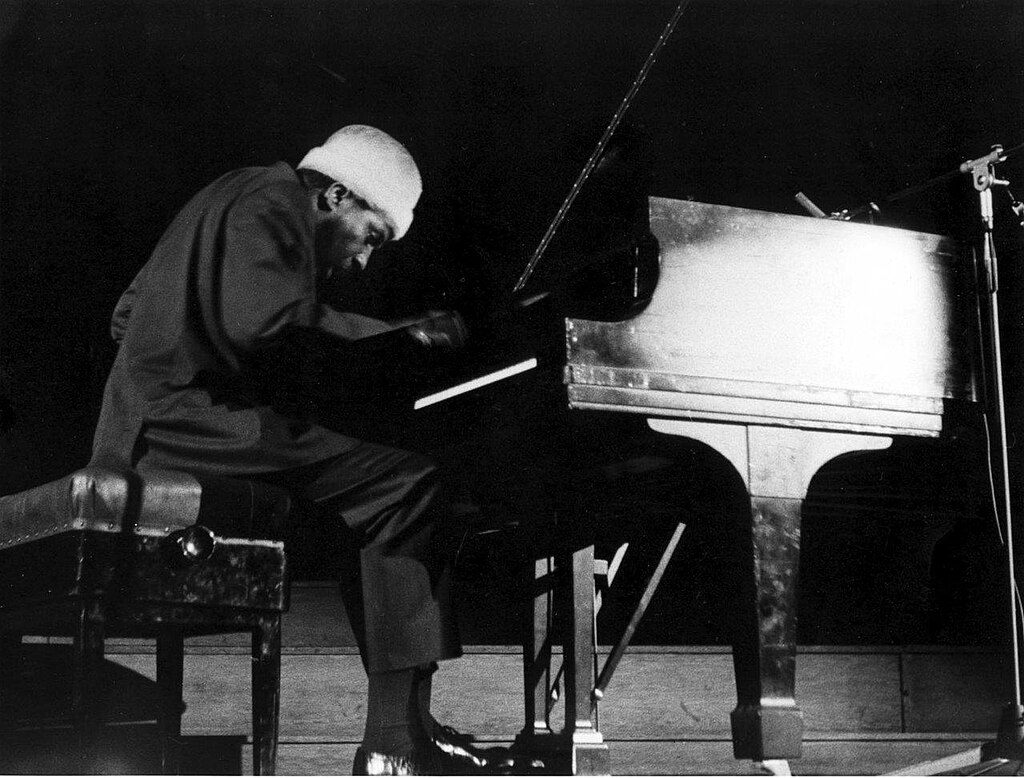On October 10, 1917, in Rocky Mount, North Carolina, one of the most original voices in American music was born, Thelonious Sphere Monk.
Raised in New York City’s San Juan Hill neighborhood, Monk was inspired by Harlem’s revered stride pianists, such as James P. Johnson and Fats Waller, while grounding his approach in church music and classical training.
In the 1940s, Monk became the house pianist at Minton’s Playhouse, the legendary Harlem club that served as the laboratory of bebop. While Charlie Parker and Dizzy Gillespie were stretching harmonic possibilities, Monk was laying the foundation, devising chords and rhythms that no one had ever heard before.
Mary Lou Williams once said that Monk’s music “was hard to steal.” His harmonies and rhythmic creations were so unique that only those with true mastery could even attempt to imitate them.
Despite his brilliance, Monk’s first recordings for Blue Note Records (1947–52) were ahead of their time, met with puzzlement rather than praise. But Monk remained undeterred, crafting modern jazz standards like “Round Midnight,” “Blue Monk,” “Straight, No Chaser,” and “Well, You Needn’t.” His hits earned him underground success but not mainstream glory.
His cabaret card was revoked in 1951 after he refused to testify against friend Bud Powell, sidelining him from New York’s biggest venues, but the tide turned in the mid-1950s. With Riverside Records, Monk recorded albums like Brilliant Corners, so technically challenging that even jazz greats struggled to play them. His long residencies at the Five Spot Café with John Coltrane transformed him into a cult figure.
By the 1960s, Monk had signed with Columbia Records, bringing his music to a global audience. His 1963 album Monk’s Dream became his best-selling LP, and in 1964, Time magazine featured him on its cover, making him one of only five jazz musicians ever to receive that honor.
In his later years, Monk’s health and mental state declined, leading him to retreat from public life. He spent his final years under the care of his lifelong friend and patron, Baroness Pannonica de Koenigswarter, and passed away in 1982.



